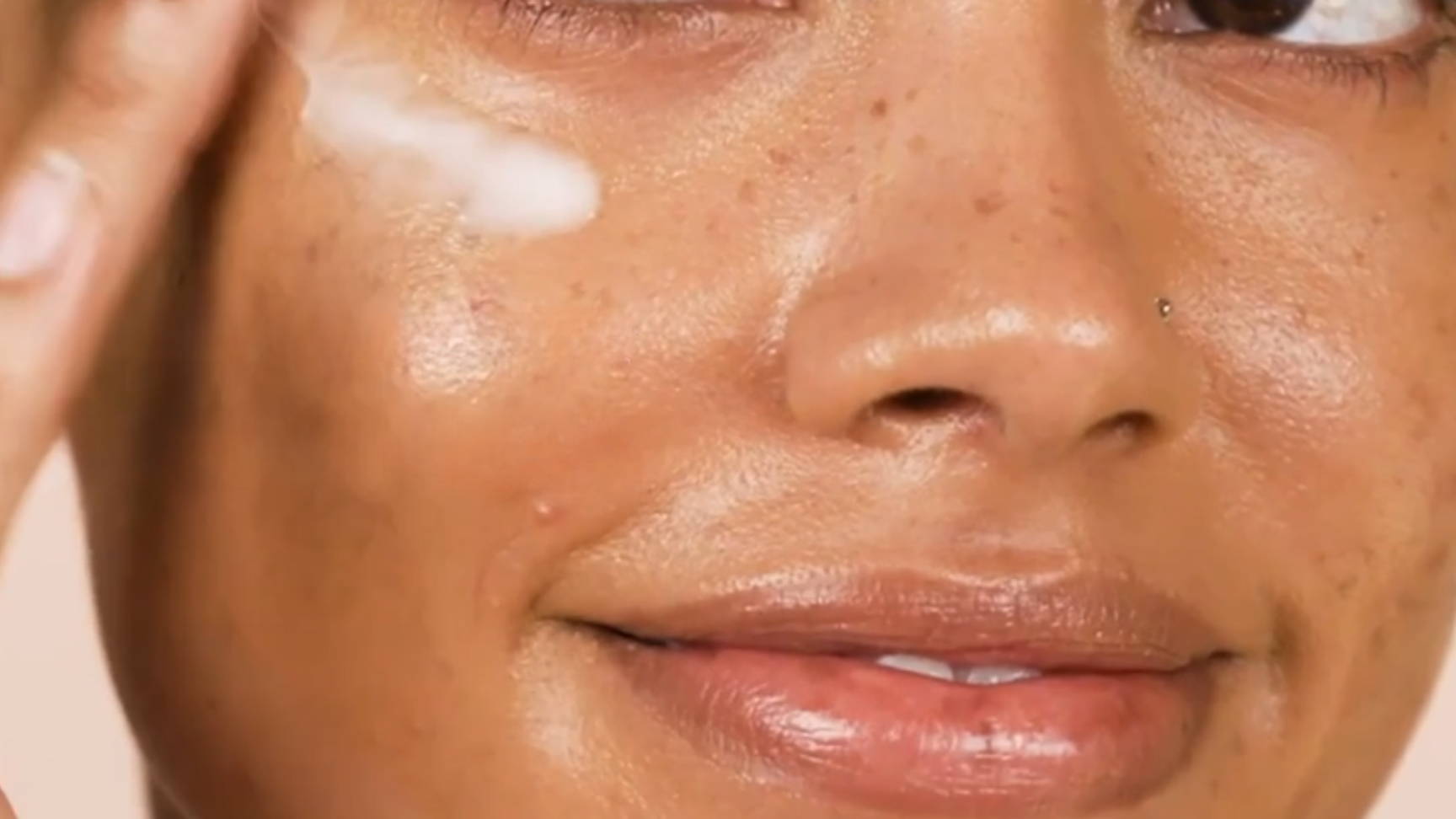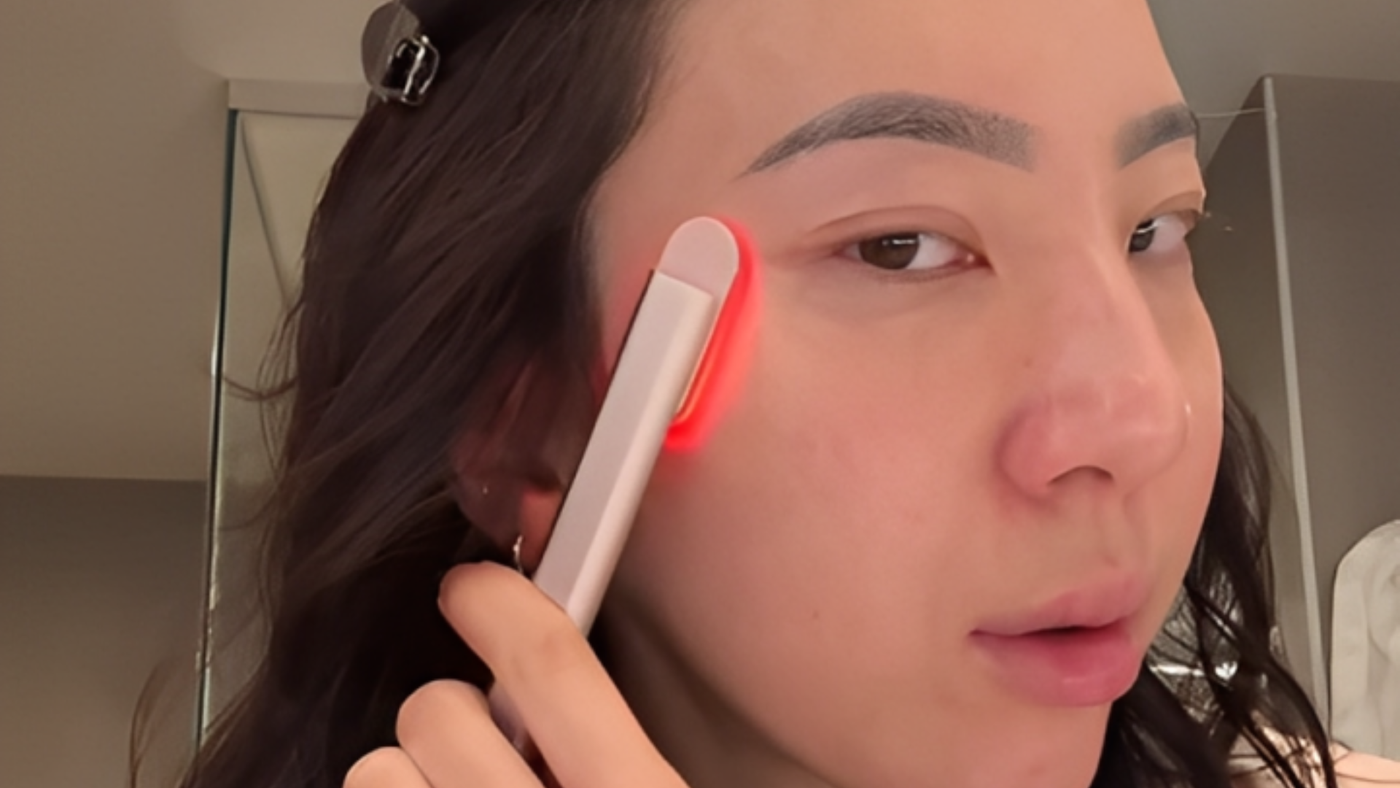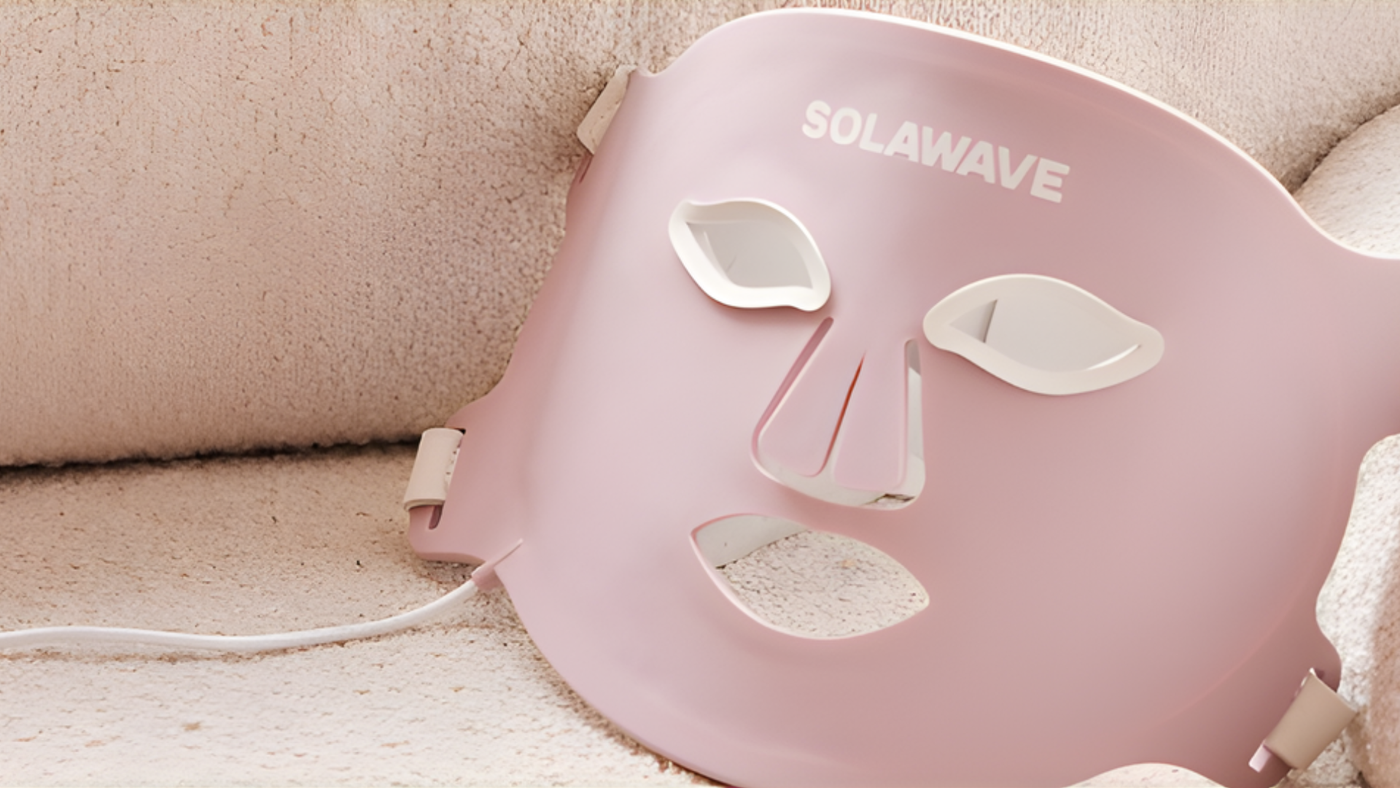

Natural vs. Synthetic Skincare Products: What’s Best for Your Skin?
The "natural vs. synthetic skincare" debate is one of the most talked-about topics in the beauty world. As customers become more knowledgeable about ingredients, the question of what we should really be putting on our skin is more relevant than ever. Should you clear your shelves for all-natural products, or do lab-created formulas hold the key to radiant skin? The answer isn't black and white. It’s about understanding what these terms mean, what your skin truly needs, and how to make informed choices. This guide will walk you through the nuances of natural and synthetic skincare to help you build a routine that delivers results.
Decoding the Labels: What's Really in Your Skincare?
Navigating the world of skincare can feel like learning a new language. With terms like "natural," "organic," and "synthetic" used so freely, it's easy to get confused. Let’s break down what these labels actually mean.
What is Natural Skincare?
In theory, "natural skincare" refers to products formulated with ingredients derived from nature, such as plant oils, fruit extracts, and minerals. Think of ingredients like aloe vera, rosehip oil, and green tea. However, it's important to know that the term "natural" is not regulated by the FDA. This means brands can define it to fit their marketing strategy, so a product labeled "natural" isn't guaranteed to be 100% free of synthetic ingredients. This lack of regulation means it’s crucial for customers to look beyond the front of the bottle and read the full ingredient list.
What is Synthetic Skincare?
Synthetic skincare ingredients are created in a laboratory. Sometimes, they are engineered to be molecularly identical to their natural counterparts, but with added benefits like a longer shelf life and improved stability. While synthetic skincare has gotten a bad reputation, it includes some of the most effective and beloved ingredients in the industry, such as hyaluronic acid and retinoids. These ingredients are often designed for maximum potency and can be tailored to address very specific skin concerns that natural ingredients might not be able to tackle as effectively.
The Great Debate: A Look at the Pros and Cons
Both natural and synthetic skincare have their own set of advantages and disadvantages. The best choice often comes down to your skin type, concerns, and personal philosophy.
The Allure of Natural Beauty Ingredients
There’s a reason so many people are drawn to natural beauty ingredients. Products derived from nature are often perceived as being gentler and more wholesome.
The Good
Natural products are often packed with antioxidants, vitamins, and minerals that nourish the skin. Ingredients like green tea and Vitamin C help protect the skin from environmental damage, while others like aloe vera and honey are known for their soothing and hydrating properties. Many people with sensitive skin find that natural formulas are less likely to cause irritation. Furthermore, brands that focus on natural ingredients are often more committed to eco-friendly and sustainable practices. This holistic approach appeals to those who want their skincare choices to align with a more environmentally conscious lifestyle.
The Not-So-Good
"Natural" doesn't automatically mean "better" or "safer." Some natural ingredients, like certain essential oils, can cause allergic reactions. Natural products also tend to have a shorter shelf life because they lack synthetic preservatives. Additionally, the sourcing of some natural beauty ingredients can be unsustainable, leading to the over-harvesting of endangered plants like Panax ginseng.
The Science Behind Synthetic Skincare
While they may not come directly from the earth, synthetic ingredients are the backbone of many highly effective skincare treatments.
The Good
Synthetic ingredients are created in controlled laboratory settings, which ensures consistency and purity in every batch. This stability also gives them a longer shelf life. Synthetics allow formulators to create highly targeted treatments for specific concerns like wrinkles, acne, and hyperpigmentation. Ingredients like retinoids and salicylic acid, for example, are scientifically proven to deliver powerful results. Moreover, synthetics can provide ethical and cruelty-free alternatives to ingredients that are otherwise harvested from animals, such as squalane, which can be derived from olives instead of shark liver.
The Not-So-Good
Some synthetic ingredients have been found to cause skin irritation or clog pores. This is why many conscious consumers choose to avoid silicones, parabens, and artificial fragrances. The manufacturing process for some synthetics can also have a larger environmental footprint compared to sustainably sourced natural ingredients.
Many of today's most effective synthetic ingredients are designed to be both powerful and gentle. Niacinamide, for instance, is a form of vitamin B3 celebrated for its ability to improve skin texture, minimize pores, and calm redness. Peptides are short chains of amino acids that act as building blocks for proteins like collagen and elastin, helping to firm the skin. You can find these hardworking ingredients in targeted treatments like the LightBoost Niacinamide Face and Neck Serum, which combines the power of synthetics with skin-loving botanicals.
Organic vs. Conventional Skincare: An Extra Layer
To add another layer to the discussion, let's touch on organic vs. conventional skincare. The term "organic" indicates that the ingredients were grown without the use of pesticides, herbicides, or synthetic fertilizers. This generally means the raw ingredients are purer. Studies have shown that organically grown plants can have higher levels of antioxidant vitamins than conventionally grown ones. As a result, organic skincare products often contain a higher concentration of active ingredients—sometimes up to 95%, compared to just 5-10% in some synthetic products. This is a key difference in the organic vs. conventional skincare debate and is why many people seek out certified organic options for maximum benefits.
Finding Your Perfect Match: A Safe Skincare Ingredient Guide
So, how do you choose? The best approach is to become a savvy customer. Instead of picking a side in the natural vs. synthetic skincare war, focus on what works for your unique skin.
Creating a safe skincare ingredient guide for yourself starts with reading labels. Look for products formulated without common irritants like sulfates, parabens, and phthalates. Many people find that a hybrid approach delivers the best of both worlds. You might use a gentle, natural cleanser and a nourishing botanical moisturizer, combined with a targeted synthetic serum containing hyaluronic acid or peptides to address specific concerns like fine lines. This allows you to enjoy the soothing qualities of natural ingredients while getting the targeted, high-performance results from scientifically advanced synthetics.
Before incorporating any new product into your routine, it's always wise to perform a patch test. Apply a small amount of the product to a discreet area of skin, like your inner wrist or behind your ear, and wait 24-48 hours. If you don't experience any redness, itching, or irritation, you can feel more confident applying it to your face. This simple step can save you from a potential full-face reaction, especially if you have sensitive skin. Ultimately, the goal is to build a personalized routine that makes your skin feel and look its best, whether the ingredients come from a plant or a lab. One of the most significant chemical-free skincare benefits is reducing your exposure to potentially harmful toxins that can be absorbed into the bloodstream. By opting for cleaner formulas, you nourish your skin with beneficial nutrients and support its natural healing processes, leading to healthier, more radiant skin over time.
Supercharge Your Routine with Red Light Therapy
No matter which skincare philosophy you follow, you can enhance your results with advanced beauty technology. Red light therapy is a gentle, effective treatment that works in harmony with your skin to promote a smoother, more youthful appearance. At Solawave, we specialize in creating science-backed, at-home devices that make this technology accessible to everyone.
For an all-over revitalizing treatment, our Wrinkle Retreat Pro LED Face Mask with Red, Infrared, Deep Red, and Amber Light Therapy uses red and near-infrared light to visibly improve firmness and smooth the look of fine lines. Sessions are just 3 minutes long, making it easy to fit into your daily routine. For targeted treatment around the delicate eye area, our red light therapy eye mask helps address crow's feet and fine lines. After your session, you can apply our LightBoost Collagen Caffeine Eye Cream to further brighten and depuff the area. It’s important to choose devices that are safe and proven. At-home options like Solawave are FDA-cleared, making them safe and reliable for regular use. Many brands are launching without FDA clearance and therefore have murky safety protocols, so it's important to purchase something that has been vetted.
For those who want a more targeted approach, the red light therapy wand is a revolutionary tool that combines four technologies: Red Light Therapy, Therapeutic Warmth, Galvanic Current, and Facial Massage. The galvanic current helps your skin absorb products more effectively, so it is important to use a water-based conductor like our LightBoost Red Light Therapy Hyaluronic Serum. When you purchase the wand with the serum, your first month's subscription is free. And don't forget the delicate skin on your neck and chest! Our Red Light Therapy Neck & Chest Rejuvenating Skincare Mask ensures these often-neglected areas receive the same anti-aging benefits, which can be followed up with our LightBoost Face and Neck Cream to lock in moisture.
For the best results, consistency is key. Regular sessions will help you achieve and maintain the radiant skin you're looking for.As a 30+ award-winning skincare brand, Solawave is focused on integrating light therapy with patented skincare technologies to create at-home rituals that are effective and science-backed. Our products, recommended by estheticians and dermatologists, are designed to work with your favorite skincare or as a complete system. Making this investment in your skin is also more accessible than you might think, as many Solawave purchases may be eligible for coverage with FSA/HSA funds. You can browse all of our award-winning tools on our website and find inspiration on our Instagram.
Your Questions Answered: FAQs
Here are answers to some common questions about navigating the world of skincare.
Are natural products always safer than synthetic ones?
Not necessarily. While natural products are often gentler, some people can have allergic reactions to plant-based ingredients like essential oils. The key is to patch-test new products and listen to your skin.
How long does it take to see results from red light therapy?
While some customers notice a more radiant glow after just a few sessions, visible improvements in fine lines and firmness typically appear after several weeks of consistent use.
Can I use Solawave devices if I'm pregnant?
While our devices are gentle and safe for most people, we always recommend consulting with your doctor before starting any new treatments during pregnancy.
What are the main benefits of chemical-free skincare?
- Gentler on Skin: Formulas without harsh synthetic chemicals are less likely to cause irritation or dryness, making them suitable for sensitive skin.
- Nutrient-Rich: They are often formulated with vitamins and antioxidants that nourish and protect the skin.
- Better for the Planet: Brands committed to chemical-free skincare benefits often use sustainably sourced ingredients and eco-friendly packaging.
What are some top natural beauty ingredients to look for?
- Aloe Vera: Known for its soothing and hydrating properties, it's perfect for calming irritated skin.
- Jojoba Oil: This oil mimics the skin's natural sebum, making it an excellent moisturizer that doesn't clog pores.
- Green Tea: Packed with antioxidants, it helps protect the skin from environmental stressors and reduce inflammation.
- Honey: A natural humectant and antibacterial, honey helps lock in moisture and can clarify acne-prone skin.





















